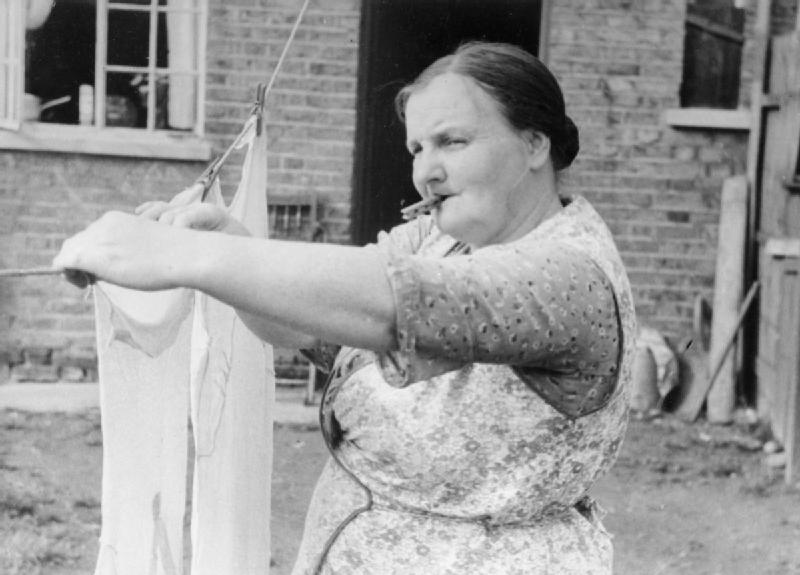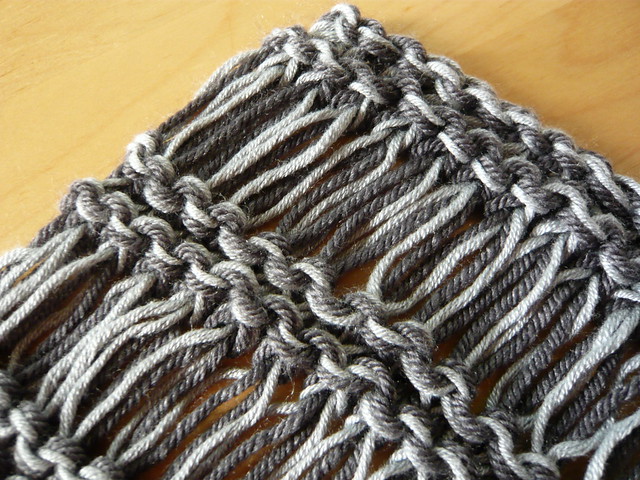
I sat down and knitted for some time – my usual resource under discouraging circumstances.
Isabella Bird, FRGS, FRSGS, FRPSContinue & Comment
Miss Silver’s Wardrobe Precepts
Have you ever wanted a simple, sane, reliable wardrobe that lets you be you and just works?
So have I – and then I found someone who has one: Miss Maud Silver, from the novels of Patricia Wentworth.
I carefully scrutinized how she did it, and here are the results: ten precepts to guide you toward a wardrobe that works for you. Precept the First: Do not be limited by fashion.
Precept the First: Do not be limited by fashion.
Choose clothes that you like, that suit you and work for your life, and pay no heed to whether they are in fashion or not.
Furthermore, if such clothes are not readily available, feel free to alter what is available to suit yourself.
Miss Silver, for example, prefers a high neck, and has her dresses adapted accordingly.
Precept the Second: To thine own self be true.
Never use clothing as a way to pretend to be someone or something you’re not.
Do not be embarrassed to be seen repeatedly in the same clothes; nor ashamed to be seen in old clothes, if well cared for.
Miss Silver would certainly agree that “no one can make you feel inferior without your consent,” as Eleanor Roosevelt is said to have said.
 Precept the Third: Choose quality.
Precept the Third: Choose quality.
Don’t shop needlessly, but when you must buy, buy the best you can afford. To buy an inferior garment which won’t last is a false economy.
And naturally, having bought good quality, you will want to take good care of it, with appropriate washing, pressing, mending and so forth.
Precept the Fourth: Have a line of succession.
In due course of wear your once-new “best” will be relegated to “second best” and so forth, down the line of wear, and a new “best” will be acquired.
This policy works in many different areas of the wardrobe, although the time involved may be different for different areas.
Miss Silver buys a new summer and winter dress every year, but new hats are acquired much less often.

Precept the Fifth: Buy flexible clothing.
Look for clothes which work for more than one level of formality. Miss Silver wears last year’s summer silk dress for evening-wear, for example.
There’s no point in buying, say, a special-occasions-only dress which becomes entirely useless once it’s worn enough to no longer be suitable for special occasions.
Precept the Sixth: Coordinate accessories.
Miss Silver has her hats, coat, shoes, stockings, gloves and handbag in black. These coordinate with each other and with all her dresses, and she is thus spared the need to buy and maintain multiple sets of everything.
Of course, you needn’t choose black, nor all matching, but make sure everything works together.
 Precept the Seventh: Be selective in ornamentation.
Precept the Seventh: Be selective in ornamentation.
Choose a few favourite ornaments. You need no others.
(This doesn’t include any family heirlooms you do not wear yourself but are waiting to pass down to younger members of the family.)
Miss Silver has a string of gold filigree beads, a locket with her late parents’ initials, and three brooches (one of which carries her pince-nez). Note: she doesn’t wear them all at once.
Precept the Eighth: Make use of trimmings.
A plain hat, for example, can be varied from year to year by altering the trimmings (which can themselves be recycled).
Trimmings can also be removed from worn-out garments and attached to the new, as Miss Silver does with the trim on her dressing-gown.
One can also choose to trim the clothing no one sees. (Miss Silver has three rows of crocheted lace trimming on her knicker legs.)
 Precept the Ninth: Make it yourself.
Precept the Ninth: Make it yourself.
Miss Silver not only crocheted the aforementioned trimming, she designed it herself.
She also knits an endless series of garments (although generally they are for friends and family, rather than herself).
Making things yourself allows for endless customization. Quite literally, suit yourself.
Precept the Tenth: Always have a handkerchief.
Clean, plain, and of a sensible size. You never know when they will come in handy – nor for what.
A Knitter's Guide to Decluttering
Or, as it is known in knitting parlance, decreasing.
There are several different decreases available to the knitter, and each one gives us a different idea for how to downsize and declutter.
K2tog (knit two together)
A simple decrease: if you have two the same, get rid of one. Or as John the Baptist put it, whoever has two coats should give one to someone who has none (Luke 3:11). Martin of Tours went one better and divided by two despite starting with only one.

P2tog (purl two together)
This decrease works very much like the K2tog; except that you approach the stuff from a different angle. Change your perspective (whether physically or mentally) and see what looks unnecessary from there.
K3tog (or P3tog)
This decrease is also on the same principle as the K2tog, except you start with triplicates instead of duplicates. It can also be extended to quadruplicates or quintuplicates if you really have far too many of something.
Sl1, K1, psso (slip one, knit one, pass slipped stitch over)
This is a good decrease for those who enjoy rearranging their furniture: move things around and you will see your excess more clearly.

Why do I need more x than will fit in that shelf? Why have I kept that pile of y all these years? If I got rid of the z, then I could have my abc here to hand…
Sl1, K2tog, psso (slip one, knit two together, pass slipped stitch over)
This is a decrease that looks very complex and impressive, but is really just a combination of two of the preceding methods. Take it step by step and you will find you have made twice the reduction.
P2tog tbl (purl two together through back loops)
This is the decrease that looks impossible at first glance. I mean, how could I… I’d have to…. No, I don’t think I can. But give it a go (watch your tension), don’t give up, and you’ll be surprised at what you actually can do.
Drop stitch
This is an extreme form of decrease, to be sure. It will leave a hole, and may have spreading consequences…  …and yet for all that, it may produce a more beautiful result. Always providing, of course, that it is done intentionally.
…and yet for all that, it may produce a more beautiful result. Always providing, of course, that it is done intentionally.
What decreases do you use? Have I missed some? Please share in the comments!
